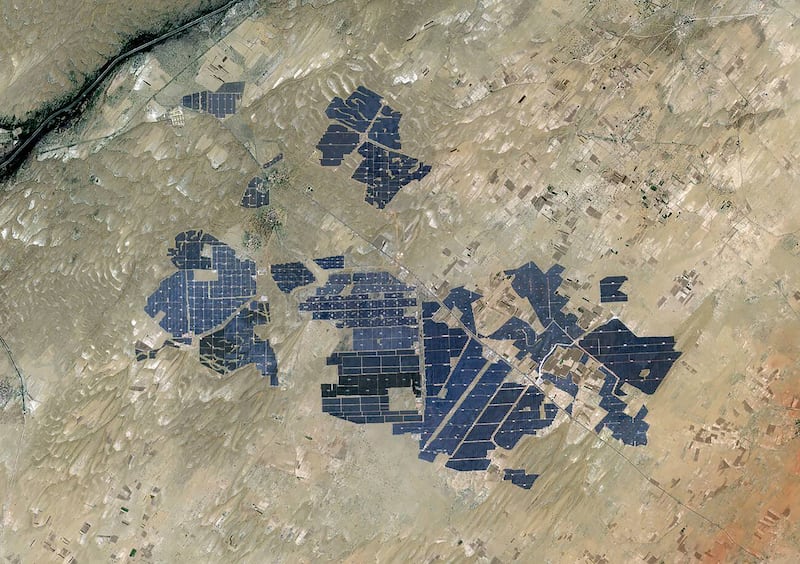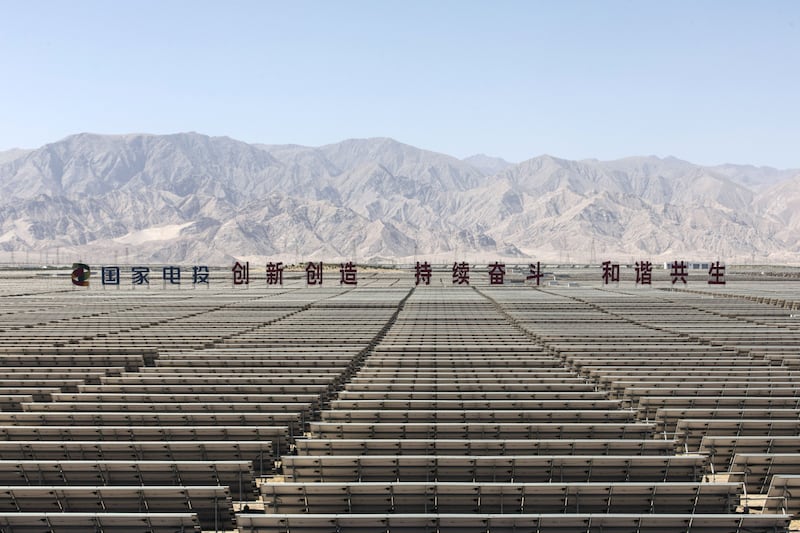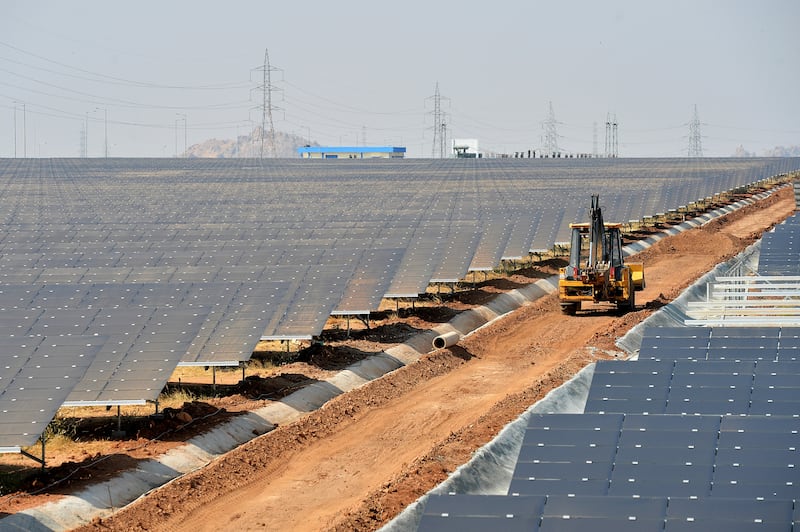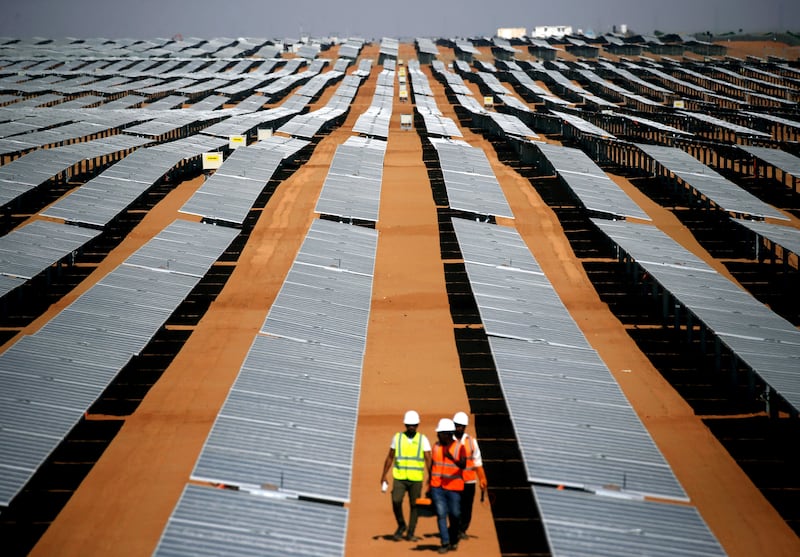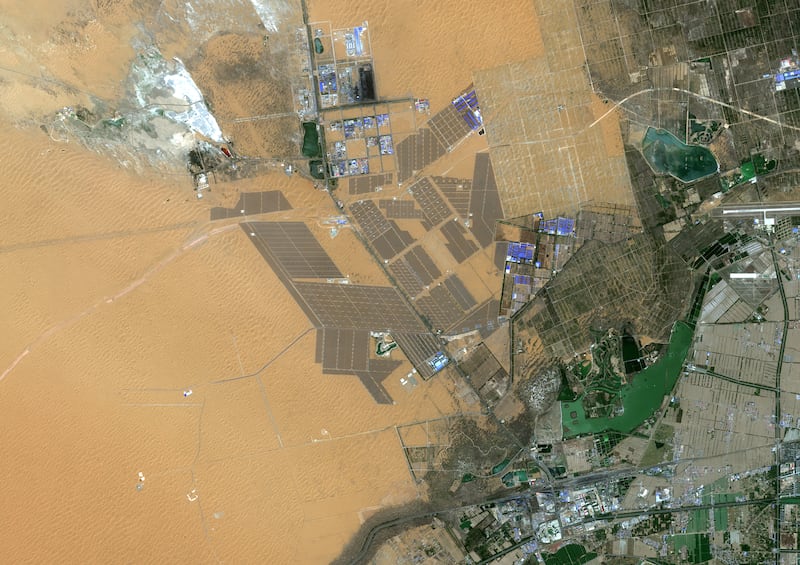Global oil demand growth is set to slow significantly by 2028 as high prices and supply concerns hasten the shift to cleaner energy, the International Energy Agency says.
Based on current policies and market trends, crude demand will rise by 6 per cent between 2022 and 2028 to reach 105.7 million barrels per day, supported by strong demand from the petrochemical and aviation sectors, the Paris-based agency said in its medium-term oil market report on Wednesday.
However, annual demand growth is expected to fall to 400,000 bpd in 2028 from 2.4 million bpd this year.
“The shift to a clean energy economy is picking up pace, with a peak in global oil demand in sight before the end of this decade as electric vehicles, energy efficiency and other technologies advance,” said Fatih Birol, IEA executive director.
“Oil producers need to pay careful attention to the gathering pace of change and calibrate their investment decisions to ensure an orderly transition.”
The IEA said that the use of oil for transport fuels is set to go into decline after 2026 amid rising sales of electric vehicles, growth of biofuels and improving fuel economy.
Global oil markets could tighten “significantly” in the coming months, as production cuts by the Opec+ alliance temper an upswing in global oil supplies, the agency said.
On June 4, top crude exporter Saudi Arabia announced a unilateral production cut of a million bpd for July and said that an extension could be possible.
The Opec+ group of 23 oil-producing countries has extended its current production cuts until the end of 2024.
The group has total production curbs of 3.66 million bpd, or about 3.7 per cent of global demand, in place, including a two million bpd reduction agreed last year and voluntary cuts of 1.66 million bpd announced in April.
Meanwhile, global upstream spending is on course to reach $528 billion this year, its highest level since 2015, the IEA said.
“While the impact of higher spending will be partly offset by cost inflation, this level of investment, if sustained, would be adequate to meet forecast demand in the period covered by the report,” the agency said.
“However, it exceeds the amount that would be needed in a world that gets on track for net-zero emissions.”
The IEA expects oil demand growth in China, the world’s largest crude importer, to slow “markedly” from 2024 onwards.
Economic growth in the Asian country has been largely uneven since it lifted Covid-19 restrictions earlier this year.
However, burgeoning petrochemical demand and strong consumption growth in emerging economies will “more than offset” a contraction in advanced economies, the agency said.
The IEA expects oil-producing countries outside the Opec+ to add 5.1 million bpd to the global crude supply in the next five years, led by the US, Brazil and Guyana.
Meanwhile, Opec+ members will grow their production capacity by 800,000 bpd in the same period.
“Saudi Arabia, the UAE and Iraq lead the plans for capacity building within Opec+, while African and Asian members are set to struggle with continuing declines, and Russian production falls due to sanctions,” the agency said.
Refinery capacity additions by 2028 are expected to outpace demand growth for refined products, but a repeat of the tightness in the middle distillate market “cannot be ruled out”, the IEA said.
Middle distillates, also known as gas oil, include extra light heating oil and diesel fuel.

